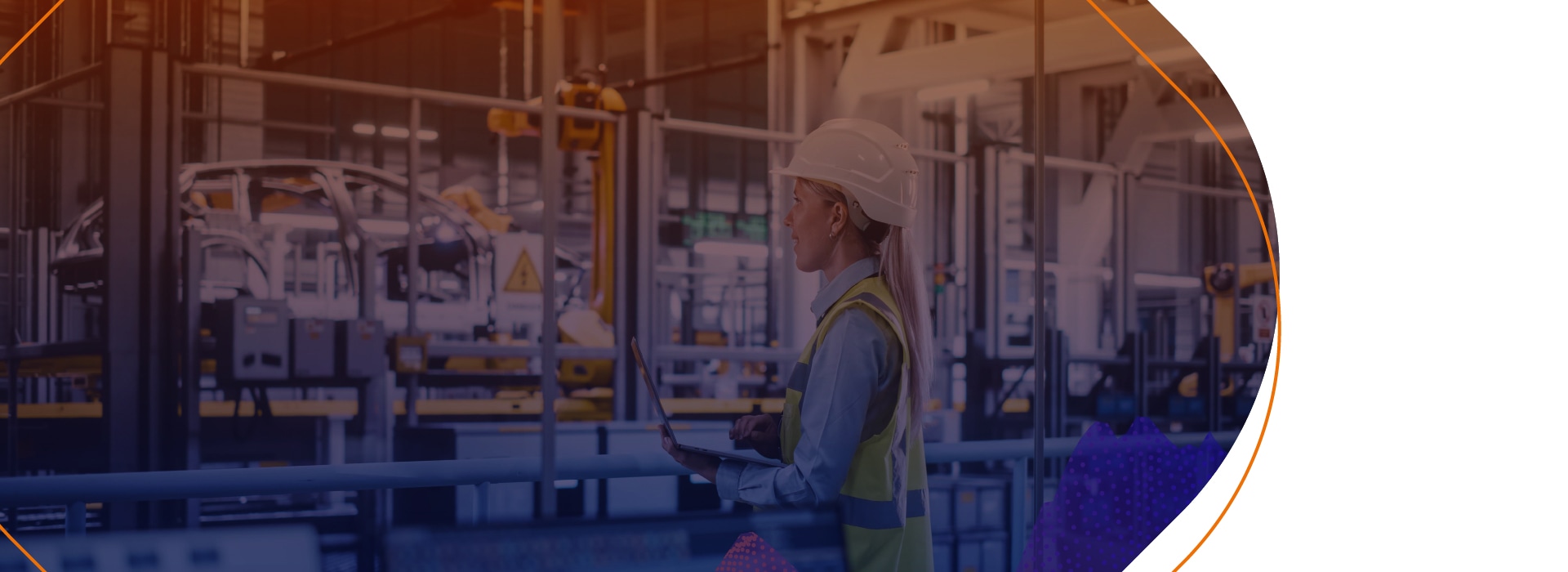Home > AssistEdge > Blogs > How RPA is changing the global manufacturing value chain
How RPA is changing the global manufacturing value chain

Robotics in the manufacturing industry is no longer restricted to physical robots performing repetitive tasks such as assembling parts and packaging goods on the factory floor. Instead, it has taken a new shape in the form of Robotic Process Automation bots. RPA in manufacturing refers to software bots working on automating recurring backend or frontend processes without disrupting the general workflows.
What is Robotic Process Automation, and how does it help the manufacturing sector?
Robotic Process Automation or RPA is a software technology that helps automate repetitive, rule-based, time- and labor-intensive workflows. However, unlike humans, these bots can handle such recurring tasks without downtime or errors. When employees are free of such mundane work, they can have more time to contribute to value-added services that require their skills and expertise, while the bots take care of lesser valued but mandatory workflows on their behalf.
Robotic Process Automation tools in the manufacturing sector cater to increasing operational efficiency and take it to the next level, thereby reducing human involvement in the processes as much as possible. RPA in manufacturing helps owners optimally utilize their resources, time, and budget while improving the company’s overall productivity without errors, delays, or downtime. It is seen as the key enabler for digital transformation as it automates and digitizes important operational areas, from invoice processing to accounts payable process automation and supply chain automation to improve agility, speed, and quality of all the processes.
RPA in the manufacturing industry: Impact and use cases
A few use cases of RPA in manufacturing include:
Logistics: RPA automates the entire logistics process, from assessing carriers, validating insurance options, and determining the optimal balance between transport time and cost to monitoring the transportation of raw materials and finished goods. Further, it offers real-time freight tracking and reporting.
Demand planning: Collating data from various sources, including market trends, internal sales forecasts, competitive analysis, and product catalog information, to accurately predict future demand and sales.
Bills of materials: The Bill of Materials, a critical document for manufacturers, is a time and labor-intensive task, but with the help of RPA bots, owners can easily and quickly determine what to purchase and where to make those purchases.
Onboarding new suppliers: Again, onboarding new suppliers categorically assesses each supplier. RPA automates collecting and consolidating this information to analyze proposals needed during negotiations.
How does RPA in manufacturing improve the value chain?
A manufacturing firm’s value chain comprises a network of activities designed to deliver value to end-users. As mentioned, it involves critical processes such as logistics, procurement, accounts receivables and payables, supply and demand planning, order management, inventory management, customer service, and regulatory compliance.
The benefits of RPA in manufacturing while automating these use cases are many, including:
RPA in manufacturing is changing how the industry used to function before technology solutions like AI, Automation, ML, and others penetrated the sector. Even though efforts are being made to imbibe the sector with the latest technological advancements, RPA has made the processes more efficient, streamlined, and fully optimized by automating recurring tasks and core activities.


Possibilities Unlimited
Possibilities Unlimited
Inspiring enterprises with the power of digital platforms
More blogs from EdgeVerve →